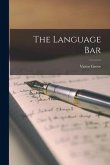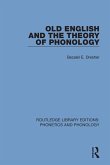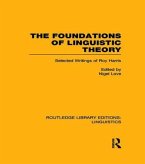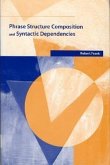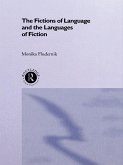First Published in 1999. This book is divided into two parts. The first part is essentially a response to a minimalist question: how perfect is language? There are so many factors involved in hiding the true nature of a language from casual observers. On the other hand, it is a lot easier to put a few languages side by side and show that the apparent imperfection actually comes from the diversity of their lexicons. By comparing wh-construals in Chinese, Japanese, English and Hindi, it becomes clear that these languages follow an optimal design of operator-variable dependencies as best as they could. As best as their individual morphologies allow, for that matter. The second part of this book addresses the issue how syntax interacts with semantics in a minimalist way.
Bitte wählen Sie Ihr Anliegen aus.
Rechnungen
Retourenschein anfordern
Bestellstatus
Storno

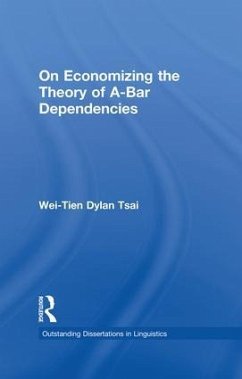

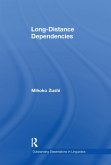
![Catalogue of the Advocates' Library and Library of the Bar of Lower Canada [microform]: Section of the District of Montreal Catalogue of the Advocates' Library and Library of the Bar of Lower Canada [microform]: Section of the District of Montreal](https://bilder.buecher.de/produkte/65/65578/65578810m.jpg)
